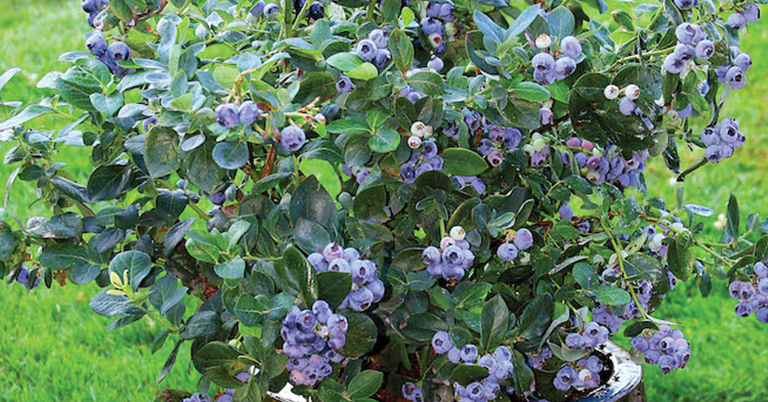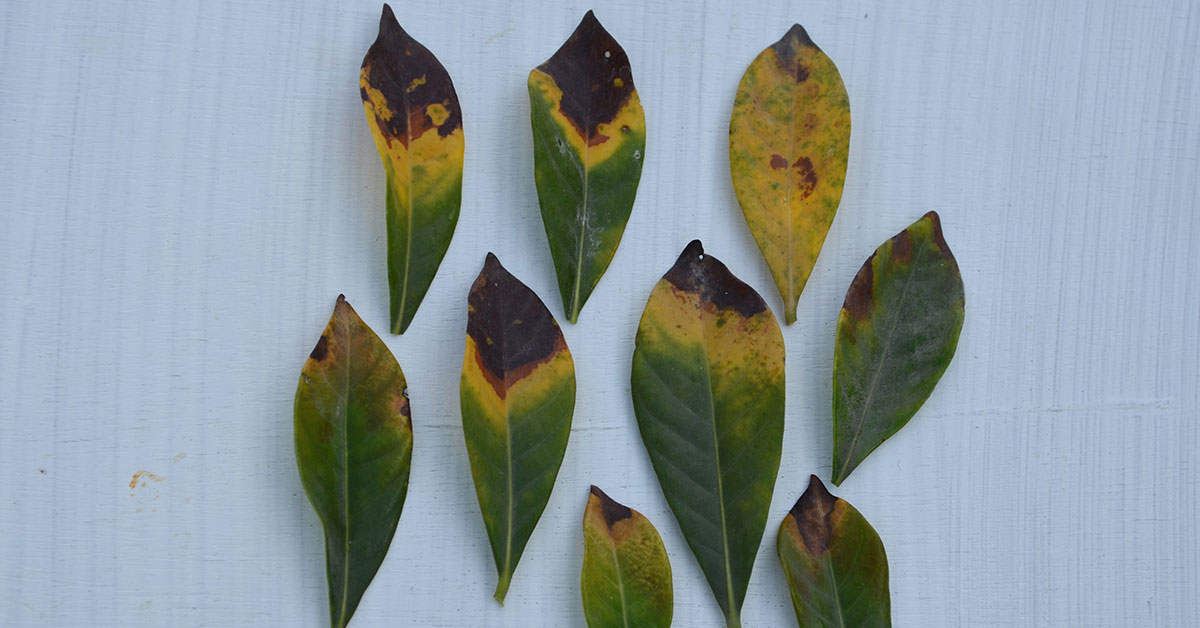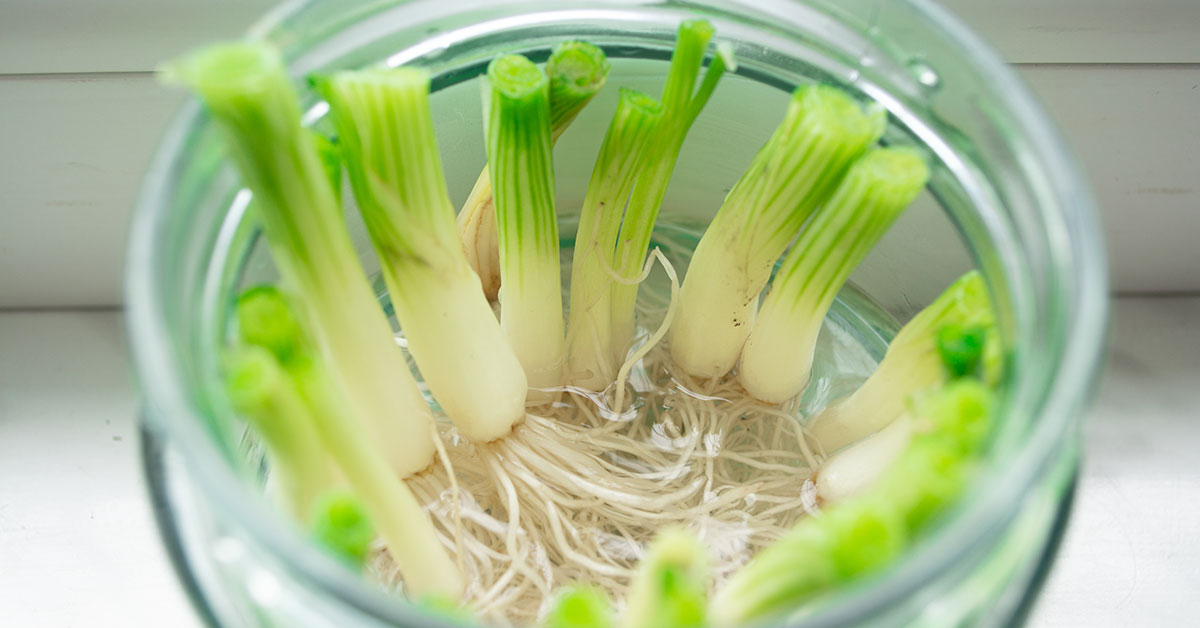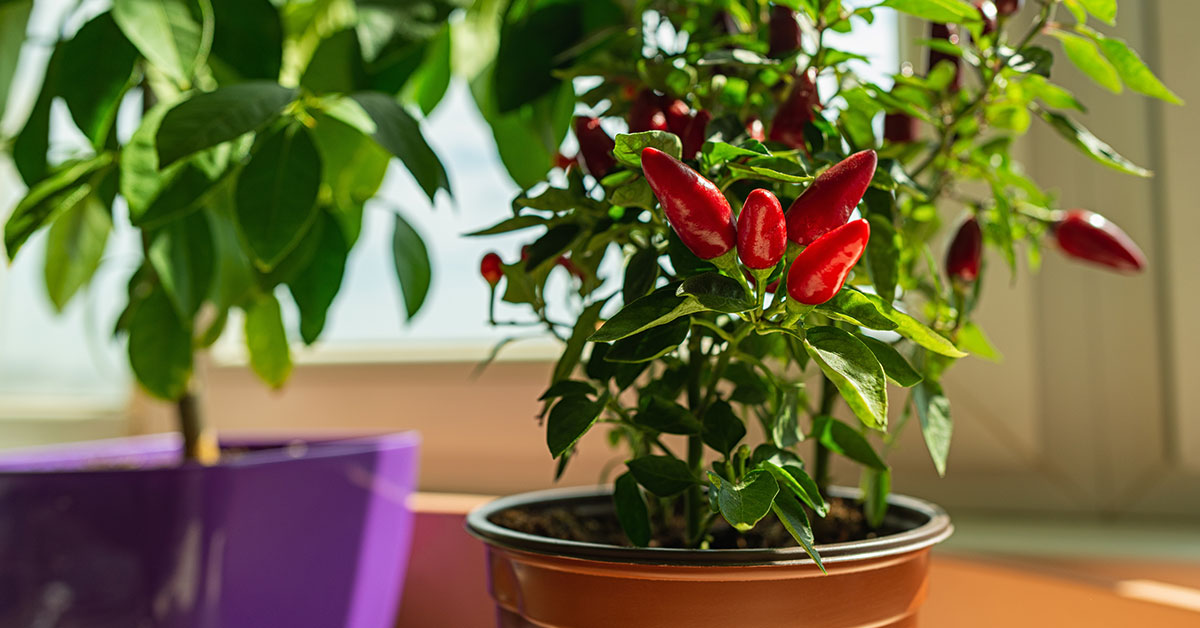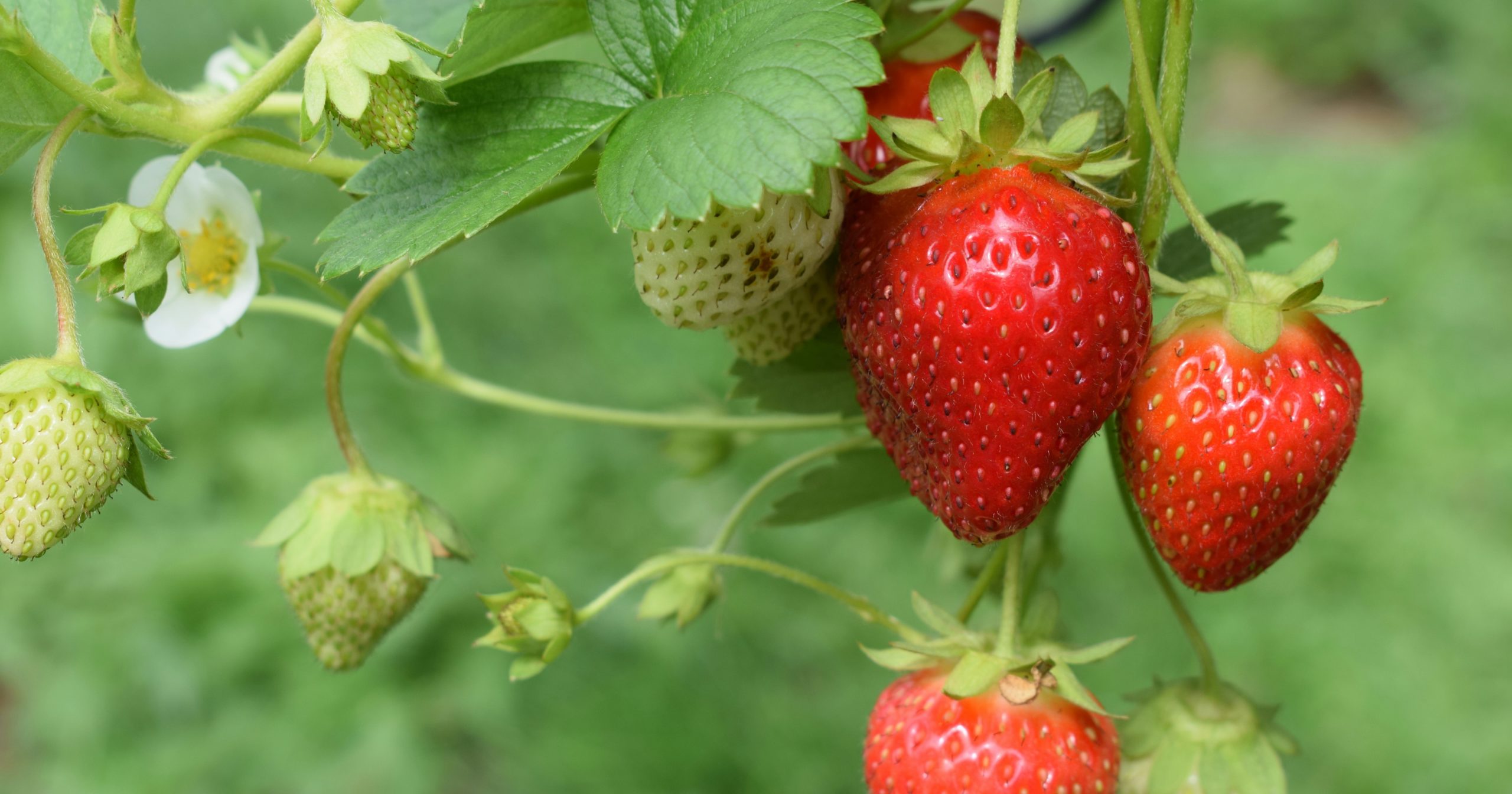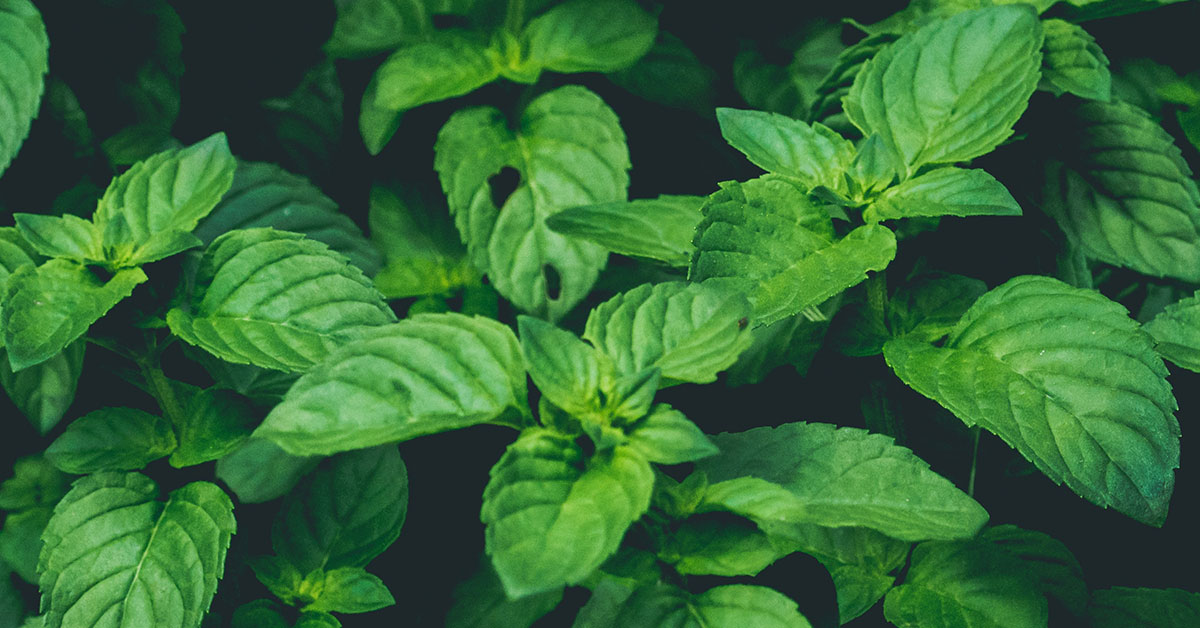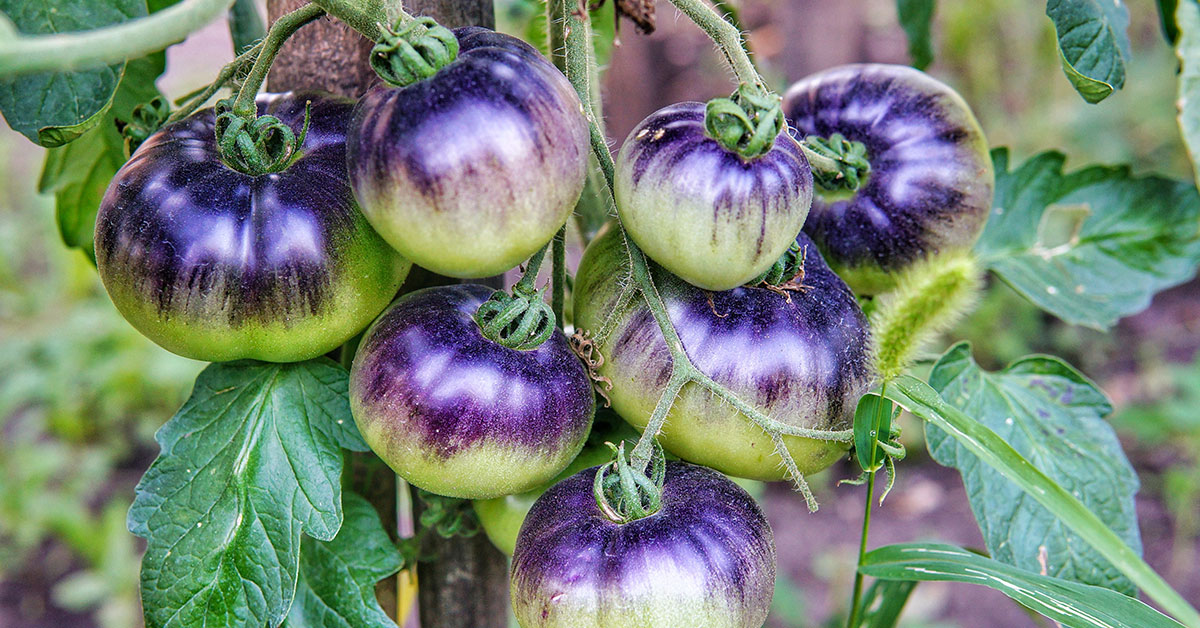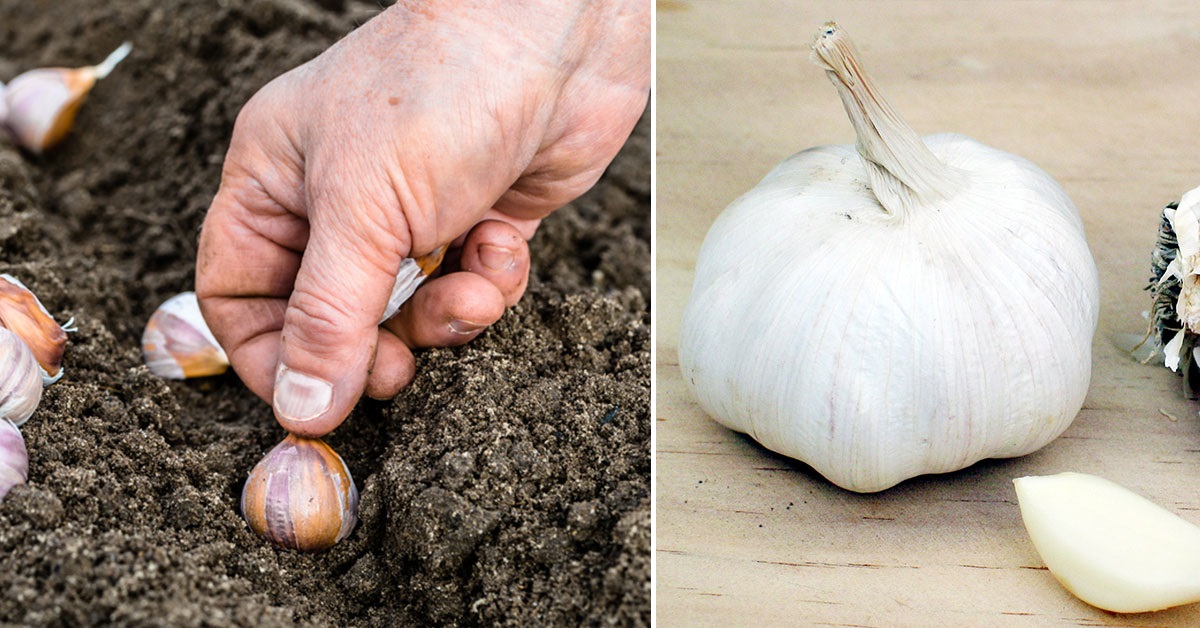The Powderblue Blueberry is known for its vigorous growth, stunning blue fruit, and excellent flavor. This blueberry cultivar is a favorite among gardeners and berry enthusiasts alike.
Whether you are a seasoned gardener or just starting out, this article will provide you with all the necessary information you need to successfully grow and care for the Powderblue Blueberry in your own backyard.
What is a Powderblue Blueberry?
The Powderblue Blueberry is a cultivar of the highbush blueberry (Vaccinium corymbosum) species. This variety is characterized by its medium to large-sized berries and distinctive powder-blue color. The berries have a slightly elongated shape, and their surface is covered with a fine powder-like coating, giving them a unique appearance.
When it comes to flavor, Powderblue Blueberries are exceptional. They offer a perfect balance between sweet and tart, making them enjoyable for both snacking and culinary uses. The sweetness of the berry is complemented by a subtle hint of acidity, providing a delightful burst of flavor.
Powderblue Blueberries are typically grown in areas with colder winters, as they require a certain amount of chill hours to produce an abundant harvest. They are considered late-season blueberries, with a harvest period that usually falls between mid to late summer. These blueberries thrive in well-drained acidic soil and prefer full sun exposure to reach their full potential.
Like other blueberry varieties, Powderblue Blueberries boast an impressive nutritional profile. They are rich in antioxidants, particularly anthocyanins, which give them their vibrant blue color. These antioxidants have been linked to numerous health benefits, including reducing inflammation, improving brain function, and aiding in heart health. Blueberries are also a good source of vitamins C and K, manganese, and dietary fiber.
With their exceptional flavor and attractive appearance, Powderblue Blueberries are versatile in the kitchen. They can be enjoyed fresh as a healthy snack, added to smoothies, or used in a variety of baked goods such as pies, muffins, and pancakes. Their natural sweetness makes them an excellent addition to salads, sauces, and desserts.
What does a Powderblue Blueberry taste like?
Powderblue Blueberries are known for their balance of sweetness and tartness. They have a pleasantly sweet taste that is not overpowering, making them a perfect option for those who prefer a milder flavor. The tartness adds a refreshing zing to the overall taste, creating a delightful contrast. This combination of sweet and tart flavors makes Powderblue Blueberries versatile and suitable for various culinary purposes.
While the general taste of Powderblue Blueberries is sweet and tart, they also possess distinctive flavor notes that set them apart. Some describe the flavor as slightly more acidic compared to other blueberry varieties. This acidity adds a subtle tanginess that enhances the overall taste experience. Additionally, the Powderblue Blueberry has hints of floral and earthy undertones, which add complexity to its flavor profile.
When you bite into a Powderblue Blueberry, you can expect a burst of juicy goodness. These blueberries are known for their plumpness and succulence, offering a satisfying mouthfeel. The juiciness of Powderblue Blueberries enhances their flavor, making each bite a refreshing and indulgent experience. Whether eaten fresh or used in various recipes, their juiciness adds an extra level of enjoyment.
When comparing Powderblue Blueberries to other blueberry varieties, some noticeable differences emerge. Unlike the larger-sized blueberries such as the Duke or Bluecrop, Powderblue Blueberries are slightly smaller in size. However, their smaller size does not diminish their unique flavor and overall appeal. Additionally, while some blueberries may have a more intense sweetness or tartness, Powderblue Blueberries strike a harmonious balance between the two, making them a versatile choice for various culinary creations.
How to start from seed
Starting Powderblue Blueberries from seeds can be a rewarding and cost-effective way to grow your own delicious berries. To begin, gather the necessary supplies:
- Powderblue Blueberry seeds: Purchase high-quality seeds from a reputable supplier. Ensure that the seeds are fresh and viable.
- Seed trays or pots: Use small seed trays or pots with drainage holes to provide the seeds with optimal growing conditions.
- Seed starting mix: Use a well-draining and nutrient-rich seed starting mix specifically designed for blueberry seeds.
- Watering can or spray bottle: Use a watering can with a fine spray nozzle or a spray bottle to provide gentle moisture to the seeds. Once you have all the necessary supplies, follow these steps to prepare the seeds:
- Moisten the seed starting mix: Place the seed starting mix in a container and moisten it with water. Ensure that the mix is evenly damp but not soaking wet.
- Fill the trays or pots: Fill the trays or pots with the moistened seed starting mix, leaving a small space at the top for watering.
- Sow the seeds: Sprinkle the Powderblue Blueberry seeds evenly over the surface of the seed starting mix. Avoid crowding the seeds, as this can lead to poor germination.
- Cover the seeds: Gently press the seeds into the mix, ensuring that they make good contact with the soil. Cover the seeds with a thin layer of additional seed starting mix, approximately 1/8 inch deep.
Providing Optimal Growing Conditions: Now that you have prepared the seeds, it’s essential to provide them with the right growing conditions to maximize germination success. Follow these tips to ensure optimal growth:
- Temperature: Powderblue Blueberry seeds require consistent temperatures between 70-75°F (21-24°C) to germinate successfully. Using a heating mat or placing the trays in a warm location can help maintain the desired temperature.
- Light: Blueberry seeds need indirect sunlight or fluorescent grow lights for optimal growth. Place the trays in a well-lit area, or use artificial lighting if natural light is limited.
- Moisture: Keep the seed starting mix consistently moist but not waterlogged. Use a watering can or spray bottle to mist the soil surface gently whenever it begins to dry out. Avoid overwatering, as excessive moisture can lead to fungal growth.
- Ventilation: Proper air circulation is crucial for preventing the growth of mold or fungus. If using a seed tray with a cover, make sure to remove it once the seeds have germinated to allow for adequate ventilation.
Germination and Transplanting: After providing the seeds with the right growing conditions, it’s time to wait for germination. Depending on the variety, Powderblue Blueberry seeds can take anywhere from a few weeks to a few months to sprout. Be patient and maintain the ideal growing conditions. Once the seeds have germinated and grown their first set of true leaves, it’s time to transplant them into larger pots or directly into the garden. Follow these steps:
- Transplanting into pots: Select pots that are at least 4-6 inches in diameter and have sufficient drainage holes. Fill the pots with a well-draining potting mix suitable for blueberries and gently remove the seedlings from the seed trays. Plant each seedling in its pot, ensuring that the roots are covered with soil.
- Transplanting into the garden: Choose a sunny location in your garden with well-draining soil. Prepare the planting area by loosening the soil and adding organic matter if necessary. Dig a hole slightly larger than the root ball of the seedling and place it in the hole. Backfill the hole with soil, gently firming it around the roots. Remember to water the newly transplanted seedlings regularly and provide them with appropriate care, such as mulching, pruning, and fertilizing, as they grow.
How to grow this fruit in your garden
We will guide you through the step-by-step process of growing Powderblue blueberries in your garden. Whether you are a beginner or an experienced gardener, these tips and tricks will help you cultivate healthy and abundant blueberry plants.
- Choosing the Right Location:
The first step in successfully growing Powderblue blueberries is selecting the right location for your plants. Blueberries thrive in acidic soil with a pH level between 4.5 and 5.5. Ensure that the chosen area receives at least 6 hours of direct sunlight each day and has good drainage. Additionally, consider planting blueberries away from other plants that may compete for nutrients. - Preparing the Soil:
Before planting your Powderblue blueberry plants, it is crucial to prepare the soil properly. Start by removing any weeds or grass from the planting area. Blueberries prefer well-drained soil, so incorporating organic matter like compost or peat moss can improve soil structure and moisture retention. As mentioned earlier, ensure the soil’s pH level is within the acidic range by conducting a soil test and amending it as necessary. - Planting the Blueberry Bushes:
Now that your soil is ready, it’s time to plant your Powderblue blueberry bushes. Dig a hole that is twice as wide and deep as the plant’s root ball. Gently remove the plant from its container, being careful not to damage the roots. Place the blueberry bush in the hole, ensuring that it is at the same depth as it was in the container. Backfill the hole with soil, gently firming it around the plant. Water thoroughly after planting. - Watering and Fertilizing:
Proper watering and fertilizing are essential for the healthy growth of your Powderblue blueberry plants. Blueberries prefer consistent moisture, so water them regularly, especially during dry spells. However, be cautious not to overwater, as blueberries are susceptible to root rot. Applying a balanced fertilizer specifically formulated for acid-loving plants in early spring and mid-summer will provide the necessary nutrients for robust growth. - Pruning and Maintenance:
To maintain the health and productivity of your Powderblue blueberry plants, regular pruning and maintenance are required. Prune during the dormant season to remove dead or damaged wood and to shape the plant. Thin out crowded branches to improve air circulation and sunlight penetration. Mulching around the base of the plants with pine needles or wood chips can help control weeds, conserve moisture, and maintain soil acidity.
Remember to choose the right location, prepare the soil, plant properly, provide adequate water and fertilizer, and perform regular maintenance. With a little patience and care, your blueberry bushes will flourish, and you’ll soon be delighting in the taste of homegrown Powderblue blueberries.
